

Disney’s Epic Mickey was an interesting experiment, telling a tale of the Wasteland: an amalgamation of Walt Disney's notable, but forgotten characters, worlds, and attractions. While it was full of great ideas and boundless ambition, the Wii-exclusive suffered from a litany of technical and design flaws, threatening to make Epic Mickey as forgettable as the obscure characters it referenced. But you can't keep a good mouse down, and developer Junction Point has returned but two years later with the co-op focused, multiplatform release of Disney Epic Mickey 2: The Power of Two. Sadly, it would appear that two heads, in this case, are not better than one.
By request of Oswald the Lucky Rabbit, Mickey Mouse returns to the Wasteland yet again, and finds the reformed world cracking under the sudden onset of powerful earthquakes. Even stranger, the natural disaster is followed by the Mad Doctor's return, as well as his sudden (and unexpected) turn towards heroism. But larger than his shift to friend from foe is his new tone--this time, he sings his way through his dialogue, proving his "good guy" status by hitting high notes. It's here that the "musical" side of Power of Two begins and ends, and it's a shame that more characters don't also carry a tune, since it's a bit jarring when only the Doctor is rhyming. It doesn't help that his songs simply aren’t very memorable, either, sounding more like the in-between sections of a musical than the actual score.
The original Epic Mickey told the tale of discovery and exploration, and in the process incorporated a massive amount of little-known Disney lore. For the follow-up, Power of Two takes on the themes of redemption and friendship, but instead of finding a new niche (or expanding into a latter-day Kingdom Hearts), The Power of Two attempts to occupy the same space as the original, and comes up short on all accounts. The two traverse the few remaining armpits of Disney nostalgia, delving into Ventureland, Ostown, and Mean Street as they search desperately for any remaining pockets of Disney history worth investigating.
Missions are spread throughout the somewhat open world, but without a strong in-game map or navigation tools you'll often spend your time getting lost in the same few locations, hoping to stumble into a sewer grate or projector that'll link you to your objective. Along the way you'll also be thrown a multitude of side quests and optional missions rescuing lost goblins, taking photographs, and collecting pins, but the idea of going off the beaten path (and, usually, getting lost) might be enough to prevent you from hunting any of them down.
Fleeting moments of enjoyment, as well as occasionally beautiful vistas, are found once you do arrive at your destination. Though Wasteland might not be as whimsical and unique as it was in the past, there are still some remarkable set pieces--from massive rainbow waterfalls to riverboats stuck in whirlpools. 2D platforming segments, too, are visually interesting, filled with details and references that'll make the child in you beam. It's a shame, though, that once you've found these remarkable sights that there's not that much interesting to do with them.
Asymmetrical co-op play (with another player or computer-controlled AI Oswald) has Mickey armed with his signature paintbrush, and the ability to either add to or destroy the world with paint or thinner respectively. Oswald, on the other hand, carries a machine that can zap foes and activate switches. This leads to occasionally interesting co-op mechanics that have each character using their own tools to complete an objective--a task aided by the fact that the camera has been improved upon. Each room will present the duo with the ability to take on the challenge in a variety of ways, using stealth, thinner, paint, co-op, or brute force to solve the room's tricks. But it doesn't matter how many different options are given; the different situations are never all that fun. They’re often more meticulous than anything, as the duo run around shutting down machines and fighting uninteresting enemies while trying to find a switch that'll lead you to the next area, which is filled with more machines that need shutting down, and more uninteresting enemies that need defeated.
What's more, some segments are borderline unplayable with an AI-controlled Oswald. When attempting to progress through areas he'll run uselessly into walls instead of hitting switches, and when trying to take on a massive boss he'll tailgate Mickey instead of running distraction like he's very obviously supposed to do. More confusingly, though it's a game very clearly made with co-op in mind, it lacks the necessary features to make the two-player experience a convenient one. It's often hard to see where your teammate is, and there's nothing on-screen to indicate it, and though drop-in/out play is a nice feature, you'll likely use it most to temporarily take control of Oswald, just to see if the AI is acting up or if you're in the wrong area. Oswald's AI swings wildly between competent and absolutely unforgivable, making an already middling experience significantly worse.
Functionally broken AI and awful navigation tools makes Epic Mickey 2 a poor experience all around, and worth avoiding for all but the most die-hard of Disney fans, and even they might feel betrayed. The first Epic Mickey was a whimsical, flawed trek through Disney nostalgia. But whereas the original’s novelty kept it interesting enough for fans to justify overlooking the flaws, the sequel carries with it no such charm. Instead, Power of Two is both less whimsical and more flawed, disappointing anyone who had hopes that this sequel would hit all of the notes its predecessor missed.
This game was reviewed on PlayStation 3.
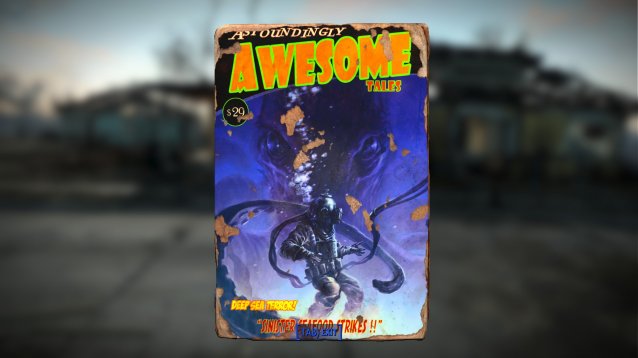
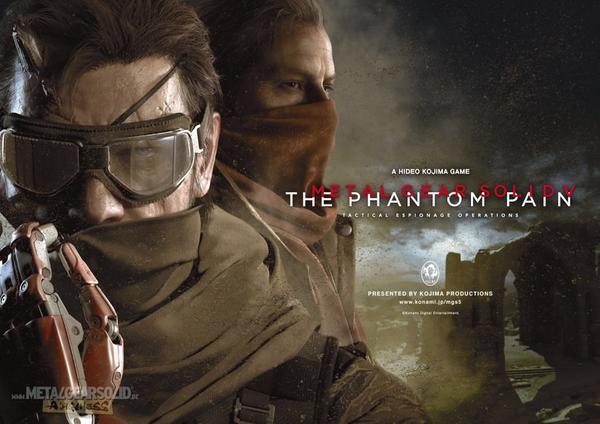

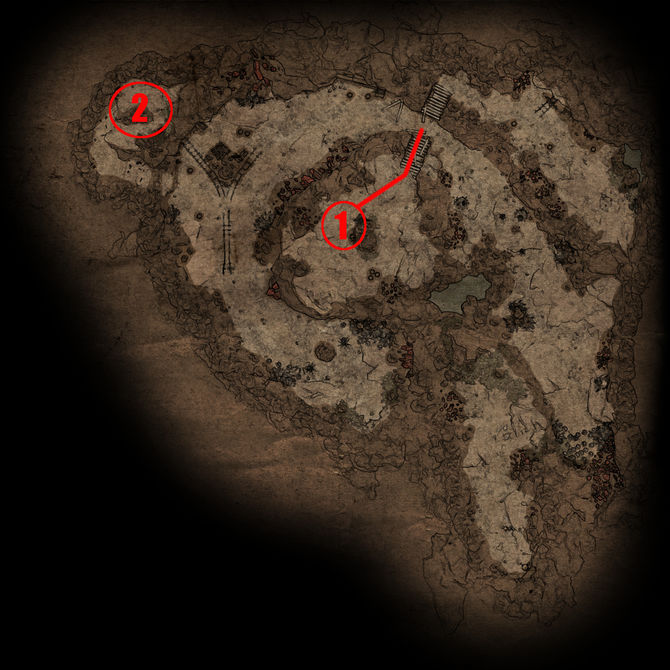
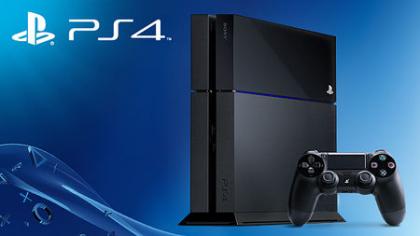 How To Take Hi-Res Photos on PS4 And Share It On Facebook And Twitter
How To Take Hi-Res Photos on PS4 And Share It On Facebook And Twitter Titanfall Wiki – Everything you need to know about the game .
Titanfall Wiki – Everything you need to know about the game .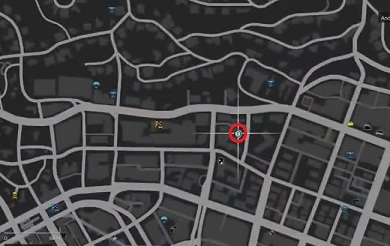 GTA 5: Secret places - hidden apartment location with map
GTA 5: Secret places - hidden apartment location with map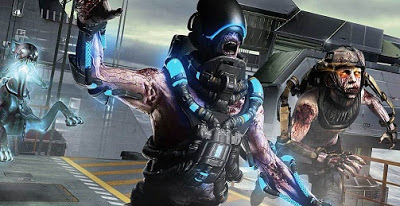 COD Advanced Warfare: Supremacy Trophies, Achievements, Easter Eggs
COD Advanced Warfare: Supremacy Trophies, Achievements, Easter Eggs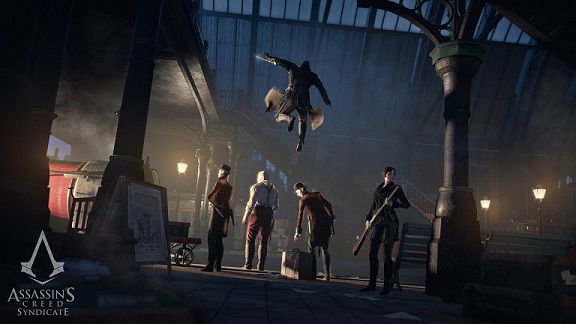 Assassins Creed Syndicate Jacob Fryes Weapons / Skills guide
Assassins Creed Syndicate Jacob Fryes Weapons / Skills guide